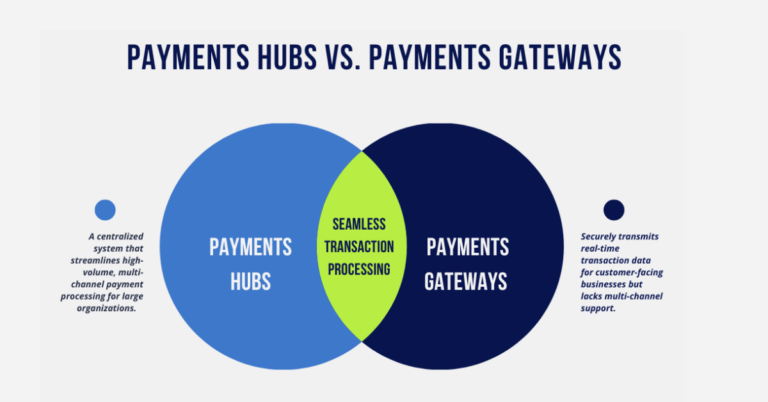*Originally submitted by Mercator Advisory Group
Faster Payments Are Set to Revolutionize Modern Digital Payments
Faster payments and the user experience are the differentiators that will enable banks and credit unions to remain relevant and competitive.
We’ve seen this gradual shift during the past decade as modern payments have undergone a significant transformation based on consumer expectations. And in the past few years, in particular, the shift has accelerated as the pandemic changed the way many are paying for goods and services.
To put it simply, consumers want convenience — and that’s what’s driving this surge in digital payments. “Most people are looking for the iPhone experience,” said Jeff Bucher, Senior Product Manager at Alkami. “On your iPhone, you can click on the app and you can get things right away. You can order food immediately and have it delivered quickly.”
“Banking is important and using banking in the same manner that you use other apps and other interfaces is what people expect,” he added. “At this point, people want digital banking at their fingertips. They want to be able to have a streamlined interface, and they expect robust capabilities — to pay their bills online, pay their friends and family, and pay their loans online as well.”
The growth of faster payments is starting to be reflected in new use cases, according to Mark Majeske, SVP of Faster Payments at Alacriti, especially when looking at real-time payments, which has been available in the U.S. for five years.
“2023 is going to be the year of use cases,” said Majeske. “How do you drive usage of these systems, at the end of the day, adoption of these RTP [real-time payment] rails and FedNow—that’s coming up—really depends on us, with consumers and businesses using it. In the next couple of years, we’re going to see a huge emphasis on user expectations.
Key Differences Between the RTP® Network and the FedNowSM Service
The FedNow Service is poised to go live next year, and it shares considerable similarities with The Clearing House’s RTP network, which launched in the U.S. five years ago.
“Both the RTP network and the FedNow Service are instant, real-time payments, and they’re final,” said Bucher. “This is key to understand — that once you send the payment, it’s done. The only way to get the money back is to request that the money is sent back.”
“It’s a push-only method,” he said. “They’re not batches like ACH [Automated Clearing House] — both use ISO 20022 messaging to communicate, and this is key because ISO 20022 is a messaging method that’s being adopted around the world [and] is becoming more of a standard ever year.”
According to Bucher, both the RTP network and the FedNow Service are similar to wires, but they can replace wires in a lot of different ways because they’re faster, cheaper, and easier. “Some differences between the two are that you have to be on one network or the other,” he said. “They’re not ubiquitous, they don’t crossover, so you can’t send something on the FedNow Service and it will show up on the RTP network. You’re either on the RTP network or you’re on the FedNow Service.”
Another significant difference is that the maximum transaction limits are different. The RTP network has a maximum transaction limit of $1 million, and the FedNow Service $500,000.
Significant Use Cases for Faster Payments
One important use case around faster payments is account-to-account (A2A) money transfers. “We are partnering with Alacriti to offer A2A within our native environment,” said Bucher. “I think it’s something that makes a whole lot of sense. If you want to send money to an external account, say you’re at one credit union and you want to send it to a bank…you want to be able to send it immediately where you [can] press the button and it shows up in your account.”
“It’s a great use case, and it’s very needed and very desired among financial institutions and their users,” he added.
There are also many use cases within the business-to-business (B2B) space that are leveraging real-time payments—to pay for invoices, request payments, and even request payments back on invoices.
For business to personal transactions, a growing number of companies have gig workers who need to be paid daily, so it makes sense to use the FedNow Service and the RTP network for payroll. In addition, insurance payments can also be paid out quickly after a disaster to help people receive funds for housing, food, and clothing.
“Payroll’s another use case,” said Bucher. “There’s a lot of companies that have gig workers or temp workers and you need to pay them on a daily basis—and it makes a whole lot of sense to use real-time payments for that. It could be cheaper and easier than ACH in some instances.”
According to Majeske, real estate and automotive are other industries benefiting from RTP. “Some of the high-level transactions I’m starting to see is basically a car purchase. Let’s say you’re at the car dealership and you go to your mobile phone and sign up or apply for a loan,” he said. “The loan is turned around very quickly and at the end of the day, you’ve got the funds going to the dealership and you’re walking out with a set of keys.”
A Partnership That Works
In order for faster payments to work and for the consumer to take advantage of their offerings, they must be simple to use and fast. Ensuring that the front end of operations also has a user-friendly interface is crucial.
“Alkami takes care of all the back end,” said Bucher. “Alacriti has an engine that chooses the rail on the backside, whether the FedNow Service or RTP network, and we handle the interface to ensure they know we are executing their transactions and they can input what they need.”
“We picked Alacriti to partner with based on the fact that they were further along than a lot of the other potential partners that we talked to,” he added. “They really had an inside track on RTP and they were also in the pilot for the FedNow Service. Now they have strengths where we need them in payments, in particular, and they have a great track record of working with credit unions and banks.”
“It’s a win because at the end of the day, to be successful in faster payments you need the expertise on the payments side,” said Majeske. “Oftentimes, even more importantly, is that you [get] the user experience right, because without that, customers won’t easily use it or adopt it.”




